“World-wide delivery in 30 minutes or less, or your next one is free” reads the sign on the door. Underneath the sign is the logo of Domino’s Pizza. No, this isn’t a pizza parlor, nor is any kind of food served here. Instead, this is the underground control facility from which a nuclear missile could be sent to the USSR during the Cold War…“in 30 minutes or less, or your next one is free”. Today, this control facility is a historic site, established by the National Park System. An actual missile is located a few miles west on I-90. Together, these make up the Minuteman Missile National Historic Site in western South Dakota.
The park visitor center is located off of I-90 at the same exit as Badlands National Park (exit 131). There is a small gas station (Conoco) on the left (if you’re traveling west) side of the highway, with a small building next to it. This building is the visitor center. In here, you can learn about the Minuteman Missile, the Cold War, and why the National Park Service has possession of the missile and control facility. You can also sign up for tours of the control facility. The center is open from 8 am to 4:30 pm Monday through Saturday during the summer season (Memorial Day through Labor Day) and Monday through Friday the rest of the year (closed Thanksgiving, Christmas, and New Years). Currently (6/10), 1 tour of the control facility is offered each day during the winter, season, and 2 tours each day are offered during the summer season. The actual missile site is open to the public 8 am to 4 pm Monday through Friday May, September, and October, and Monday through Saturday during the summer months. For more information, please see the national park web site at http://www.nps.gov/mimi/index.htm When you sign up for the tour, they will give you directions as how to get to each site. Unfortunately, there is now a fee charged for the tour of the control facility (6/16).
During the Cold War, both the US and the USSR stockpiled nuclear weapons, in hopes that one of us would scare the other into surrendering, or at least not using our weapons against the other. When the peace treaties were finally signed, one of the agreements was that each side could keep one missile and for historical purposes to teach future generations about the Cold War. The US decided that this missile and control facility were the one that they would keep, although it was only one of 150 nukes and several control facilities in western South Dakota. It was eventually handed over to the National Park Service, and became a national historical site in 1999.
So, here we enter the scene. We knew about the park as we’d seen signs and asked about it in the early 2000s, but were told that there wasn’t anything there. However, on a trip to South Dakota in 2008 we decided to stop by. We got to the visitor center just before they closed for the day, but they didn’t have a tour open for us the next day. (To tell the truth, we hadn’t planned on going to South Dakota (our original destination was Kentucky, but the weather report was better for SD), so we hadn’t made reservations for the tour. Also, our group was too big to fit into a single tour.) So, we drove on. However, on the way home, it just so happened that they were having a kind of open house, where they would give many short tours of the control facility, instead of the usual 1 or 2 long tours. So, we arrived early, and some of our group (those of us who really wanted to see it) were the first tour of the day.
We went into the fenced enclosure and then into the main building. From here we rode an ancient elevator (NOT OCEA approved!) down to the underground control facility. Outside the actual control center itself is a small, dank locker room where I believe the longer tours learn more about the facility and how everything worked. We, however, were on a short tour, and went almost immediately into the control facility itself.
The control facility is small, with room for only 2 people to sit down. Our guide (a National Park Service ranger) explained the buttons and switches to us, and told us how everything worked and about the soldier’s lives working here. There was also a small bathroom and kitchen, so that the soldiers wouldn’t have to leave the underground facility while they were on duty. Probably the most interesting thing that the ranger told us was about how the missile was launched: there was a double locking system (plus two padlocks on the box that held the keys that were used for unlocking the system), about as far apart as you could get in such a small space (12 ft.), so that both of the men on duty would have to work together to actually send off the missile. This area was definitely my father’s favorite part of the tour, as he had been offered a job many years ago to upgrade these types of buttons, switches, and user interfaces to something a little more modern. (He wasn’t keen on designing missiles, so he turned down the job offer.)
After we’d seen the underground control facility, we went back up the elevator and back outside. Then we entered another building that led to the soldiers living quarters. Everything in the control center had looked like it came from the 1960s, but here the era was really driven home. Think orange carpet, yellow/gold cabinets, an avocado green refrigerator, and appliances that only my grandmother would have. The furniture also hails from that era. If you do take the tour, be sure to notice the phone next to the “day room” area. It has a message on it saying that the calls will be scanned, so don’t talk about anything classified. I wonder why not!?!
We finally rejoined the rest of our group in the parking area, and drove a little farther west on I-90 to exit 116. On the south side of the highway is the actual missile site (no reservations required; see above). Here you can actually walk up to and see a real nuclear missile in its silo (don’t worry, it’s no longer in use). A ranger is there to talk about the missile and how it was used. The ranger that was there on the day we visited was fantastic: he had worked for the military in a control center, and, after retirement, had seen an advertisement in the newspaper for the job of being a park ranger at Minuteman Missile NHS. Needless to say, when he applied, he got the job. Now, he uses his real-life experiences when he talks about the missile. He was fascinating to talk to. He even told us, “The stuff I was never even allowed to tell my wife, I’m now telling hundreds of visitors every day.” It’s amazing what will come out after everything is said and done!
Parts of the area are handicapped accessible; please check with the information center for more information. For example, the visitor center is accessible; however, the control center likely is not. However, please verify this with the park service.
Junior Ranger Program: One of the rangers at Minuteman Missile NHS put the site’s Junior Ranger program on the National Park website. We actually printed out the booklets and completed them on the drive to the park, and then presented them at the visitor center just before leaving. You can also mail in the booklet, and they will send you a junior ranger certificate and badge that says “Minuteman Missile NHS Junior Ranger” on it. This is a great opportunity for school children in any state: they can complete the booklet at school or at home, mail the booklet to Minuteman Missile NHS (the address is on the booklet), and receive a certificate and badge, even though they’ve never visited the park. The age range is very wide, too: our group had “children” ranging in age from 8 to 20 who got their patches. There are two different booklets, one for children ages 7 to 12, and another for children 12 & up. There is more information about the junior ranger program at http://www.nps.gov/mimi/forkids/index.htm
Facilities: Restrooms at the visitor center, interpretive signs at the missile silo
Fees: Currently (6/10), no fees are charged for Minuteman Missile NHS. Update 7/16: The park now charges for tours of the control center. Check the park’s website for updated information.
Trail 




Road 




Signs 




Scenery 




Would I go 100 miles out of my way for this? 




Overall Rating: 




This Week’s Featured Product
You never know what you’ll find next in South Dakota – and this book will help you find some of the odder, quirkier things to see!

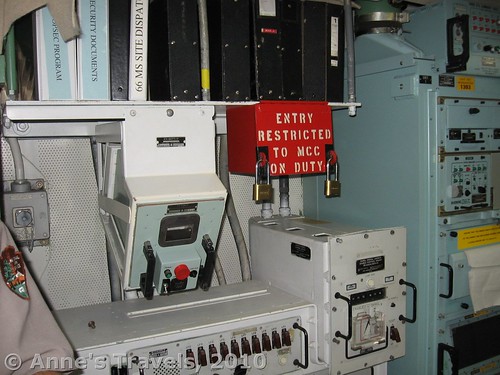
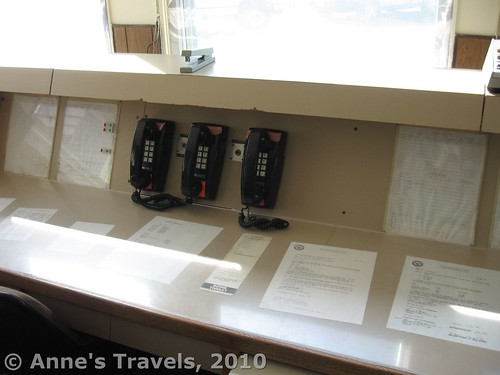
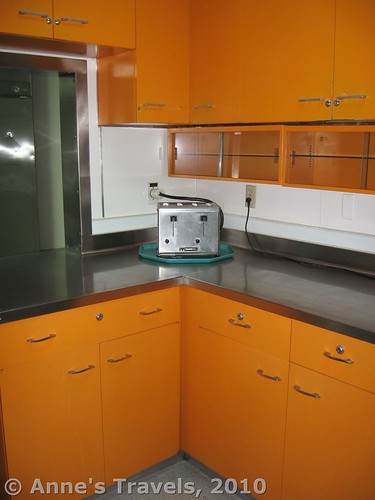

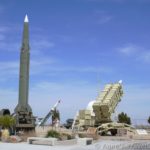
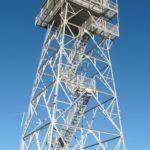



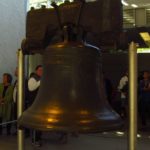
Pingback: Anne's Travels » Wyoming’s Black Hills Fire Tower
You need to take part in a contest for one of the best blogs on the web. Ill advocate this site!
Hi! Great Blog!
wonderful sharing, very resourceful. I like it a lot. I come acoss the blog by yahoo search engine. I would read your site oftenly and recommend it to my friends. Please keep it fresh. Keep on the good work. – A colleage student
Hi! Great Blog!
Pingback: Celebrating 20 Years of Family Vacation - Anne's Travels